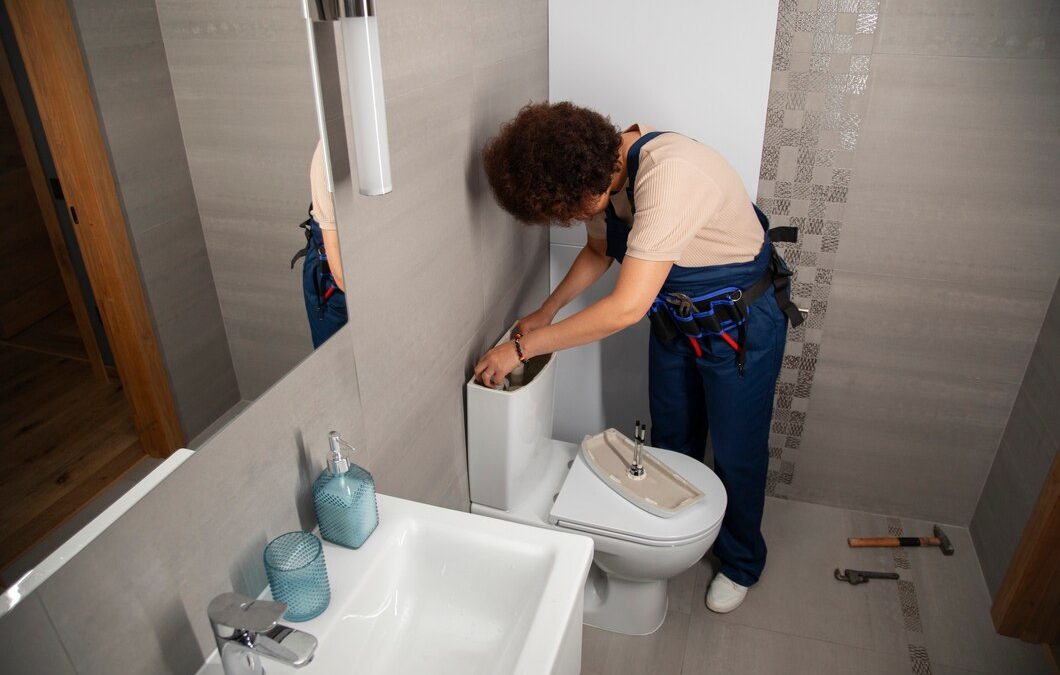As we continually seek ways to enhance the efficiency of our homes and businesses, one significant change is often overlooked: the type of toilet installed. Low-flow toilets offer an exceptional opportunity not only to reduce water usage but also to decrease ongoing utility expenses. Embracing these modern fixtures is not just an environmentally friendly decision but a strategic financial choice as well.
Low-flow toilets have evolved significantly since their inception, becoming more efficient and reliable. Initially, some may have had reservations about their performance, but with advancements in plumbing technology, today’s low-flow toilets provide the same—if not better—levels of functionality as their standard counterparts. They effectively use less water per flush, which can significantly decrease monthly water bills and reduce overall consumption.
In residential settings, adopting low-flow toilets can contribute to considerable annual water savings. In commercial environments, where the frequency of restroom use is higher, the impact is even more pronounced. Transitioning to low-flow toilets supports efforts toward sustainability while demonstrating a commitment to conserving natural resources, a crucial step in responsible property management. With these systems, we offer a practical solution that adheres to both eco-friendly initiatives and budget consciousness.
What Are Low-Flow Toilets and How Do They Work?
Low-flow toilets are designed to conserve water by using significantly less water per flush than traditional toilets. Typically, older models use about 3.5 to 7 gallons per flush, whereas low-flow models use 1.6 gallons or less. The secret to their efficiency lies in the design of their flushing mechanisms and overall structure. We utilize high-efficiency toilets that incorporate either gravity-fed or pressure-assisted systems which ensure effective flushing with less water usage. Gravity-fed toilets rely on water weight and gravity to pull waste down, while pressure-assisted models use pressurized air to push water into the bowl, significantly increasing the efficiency of the flush while using less water.
Beyond the mechanics, these toilets also feature refined trapway designs that promote a more powerful and effective removal of waste with less water. The siphoning action in these modern designs is precisely calculated to optimize performance. By adopting a low-flow toilet, you’re not just installing a fixture; you’re integrating a solution that reflects advanced ecological engineering with immediate personal benefits in water savings and environmental contribution.
Environmental and Financial Benefits of Low-Flow Toilets
Adopting low-flow toilets in your home or business doesn’t just benefit the environment; it also positively impacts your finances by reducing water bills. The immediate reduction in water usage can translate into savings of hundreds, if not thousands, of dollars annually, especially in commercial spaces where the frequency of restroom use is higher. Our clients have reported significant drops in their water bills post-installation of low-flow models, solidifying the coupling of ecological responsibility with economic savvy.
Environmentally, when we reduce water usage through technologies like low-flow toilets, we contribute to lessening the burden on municipal water supplies and treatment facilities. This reduced strain helps enhance the sustainability of entire communities. Additionally, less water usage means less energy consumed for water heating in systems involving warm water utilization, which further reduces the ecological footprint of your home or business. Making the switch to low-flow toilets aligns with global efforts to combat water scarcity and supports the preservation of this crucial natural resource for future generations.
Common Misconceptions About Low-Flow Toilets Debunked
One common misconception about low-flow toilets is that they lack the power to effectively clear the bowl in one flush, necessitating multiple flushes and negating any water savings. We understand these concerns, and it’s important to clarify that modern low-flow toilets have been innovatively designed to perform as efficiently—if not more—than traditional high-volume toilets. Advances in hydraulic designs and flushing technologies ensure that these toilets clear waste completely with a single flush most of the time.
Another myth is that these toilets frequently clog due to their low water usage. However, our experience and technical improvements in the design of low-flow toilets show that they are less likely to clog compared to older models. They are engineered to use water more forcefully, effectively pushing waste through the plumbing system. By choosing a model suited to your specific needs and ensuring proper installation, clogs shouldn’t be more frequent than with any standard toilet.
Steps to Upgrade to a Low-Flow Toilet in Your Home or Business
Upgrading to a low-flow toilet is a straightforward process that begins with choosing the right model. We offer a variety of models tailored to different needs and preferences, providing both one-piece and two-piece options, along with multiple flushing mechanisms. When selecting a low-flow toilet, consider the size of the space, the toilet’s water usage specifications, and the style that complements your bathroom’s design.
Once you have selected the right toilet, our professional installation team will handle the removal of your old toilet and ensure that your new low-flow toilet is properly installed. Installation typically involves turning off the water supply, removing the existing toilet, setting the new toilet in place, and securing it while connecting it to the water supply system. Our plumbers ensure everything is sealed and tested to avoid any leaks or issues, providing a hassle-free upgrade experience for you.
Final Thoughts
At Midlothian Plumbing, we are dedicated to helping you make sustainable choices that benefit both the environment and your budget. Low-flow toilets are just one of the many eco-friendly plumbing solutions we offer, designed to reduce water usage and increase energy efficiency in your home or business. By debunking myths and understanding the real benefits of these modern fixtures, you can make an informed decision about upgrading.
If you’re considering transitioning to a low-flow toilet or any other environmentally friendly plumbing solutions, please reach out to us. Allow Midlothian Plumbing to guide you in making choices that are good for the planet and your pocket. We’re here to provide you with expert advice and top-quality service, ensuring that your plumbing needs are met with the utmost professionalism and care.


